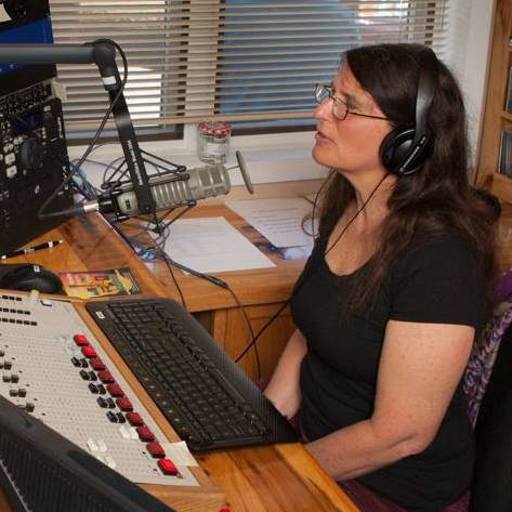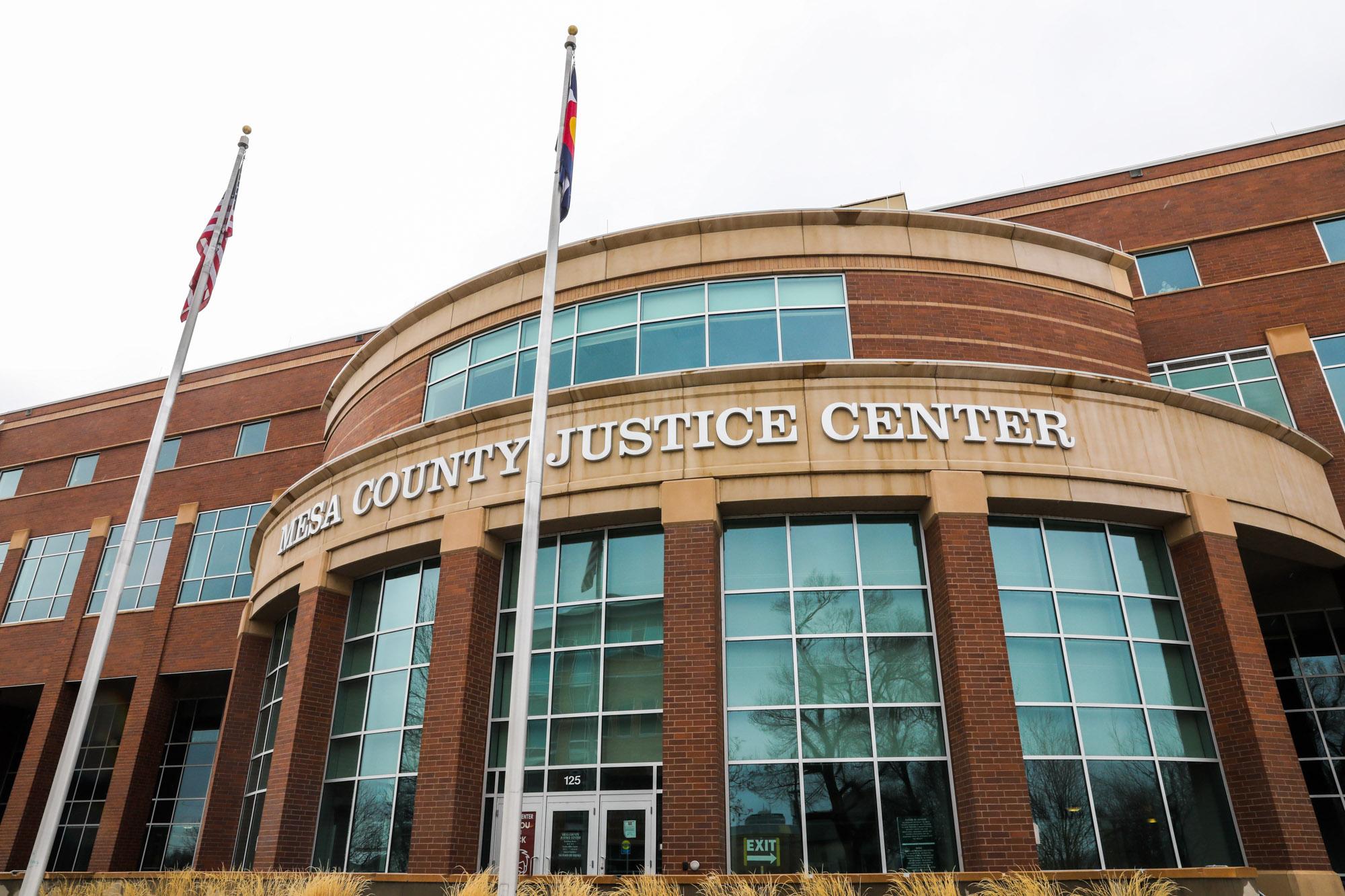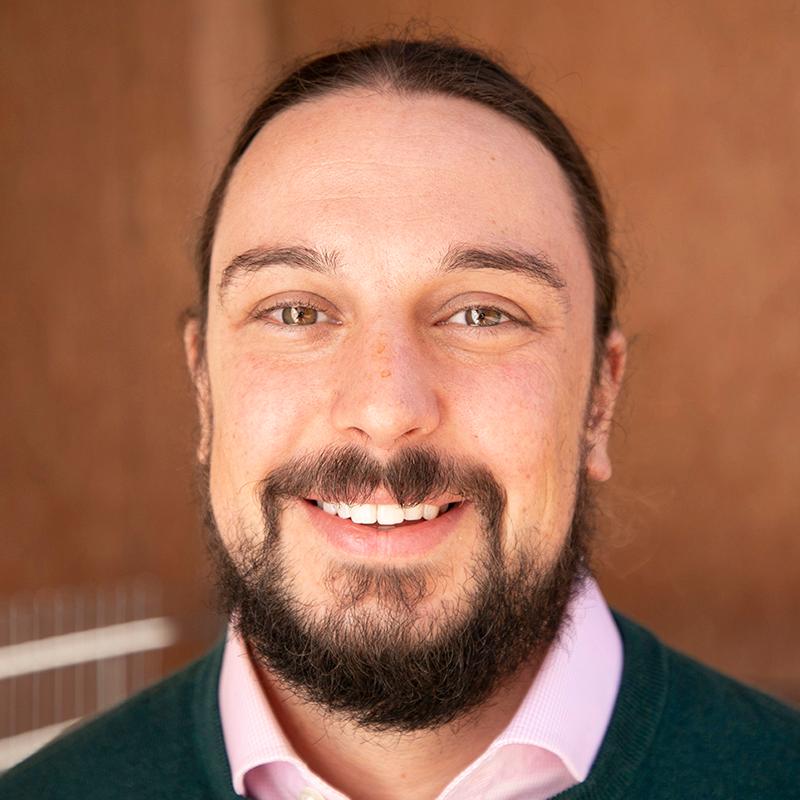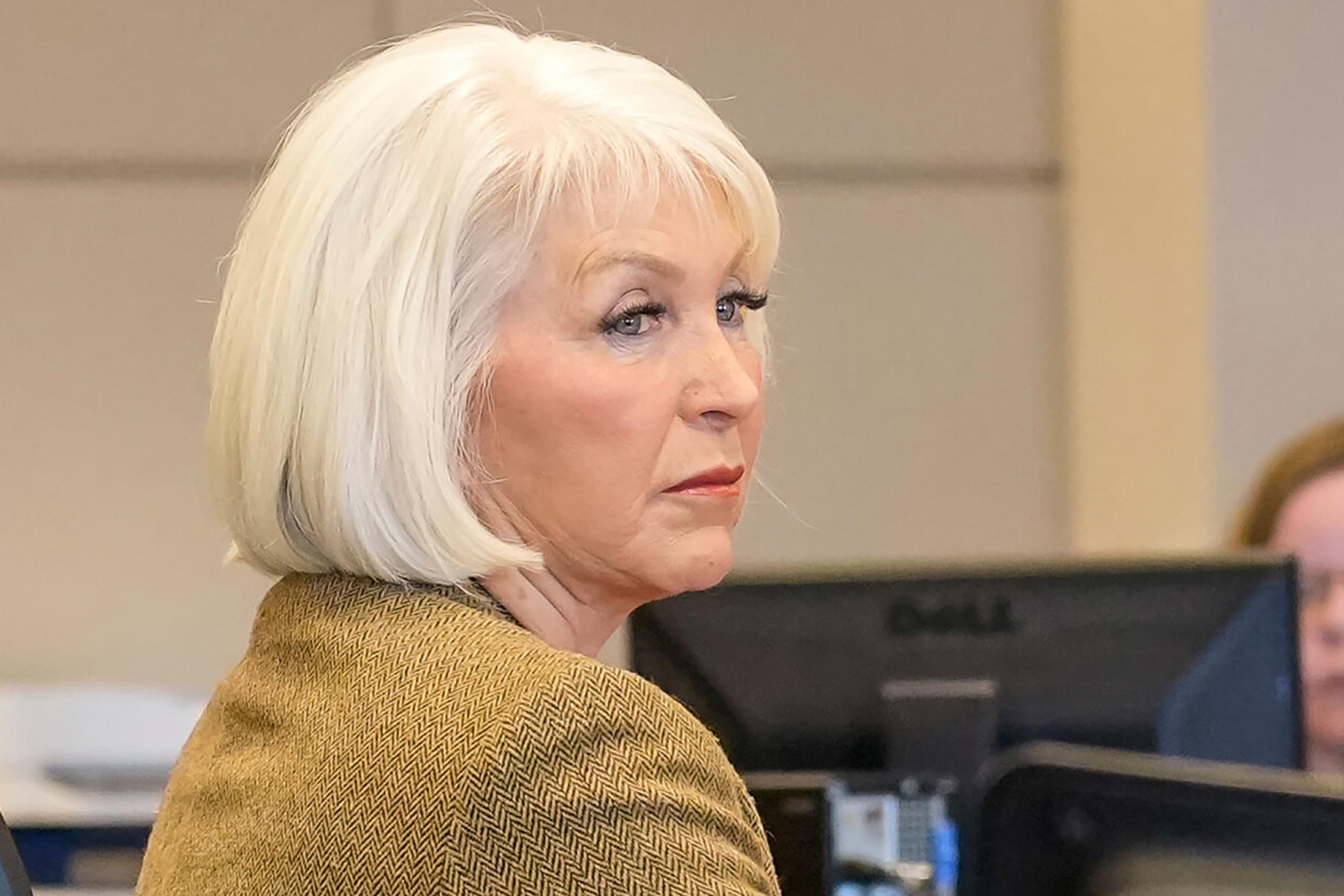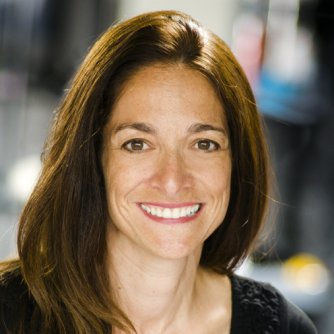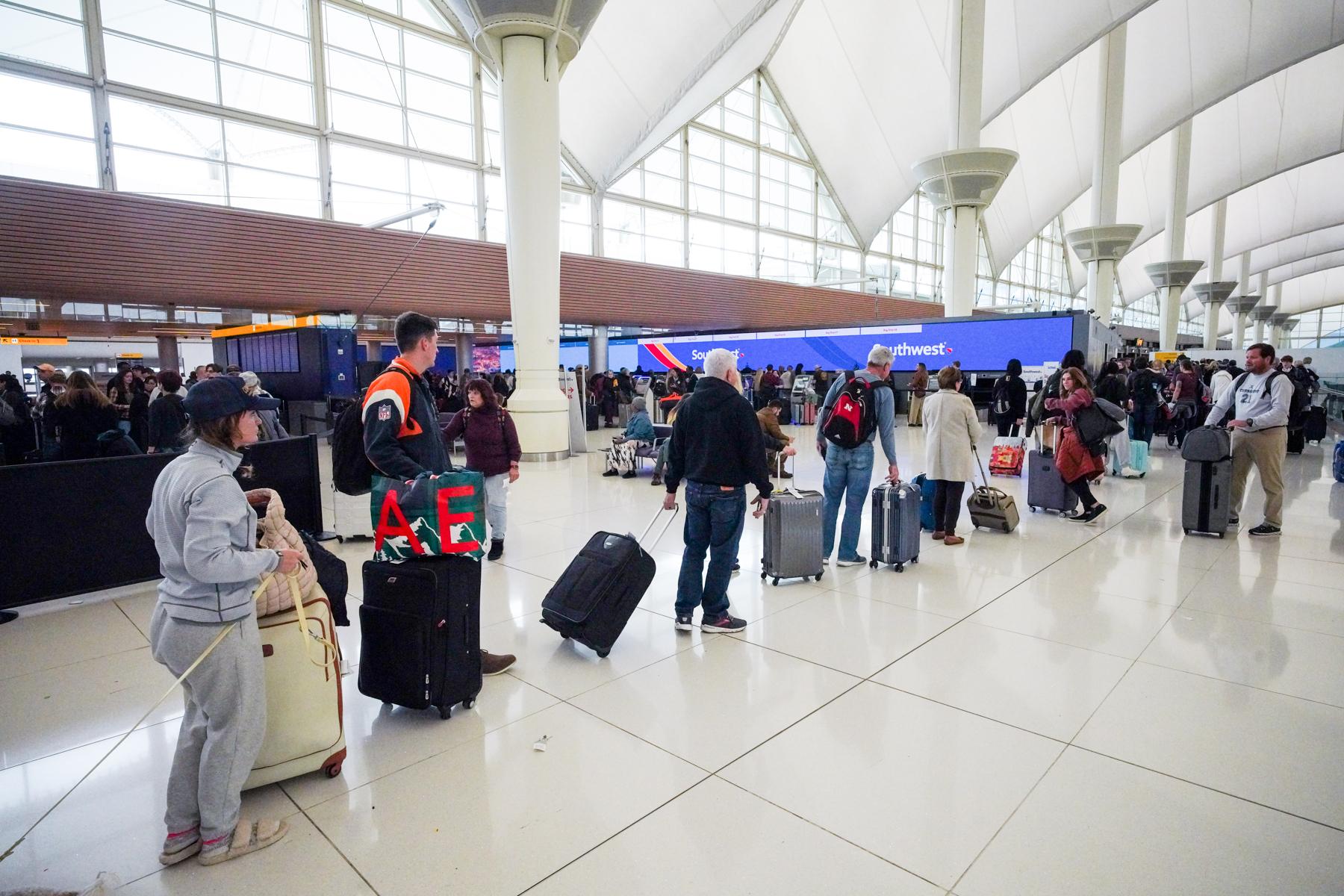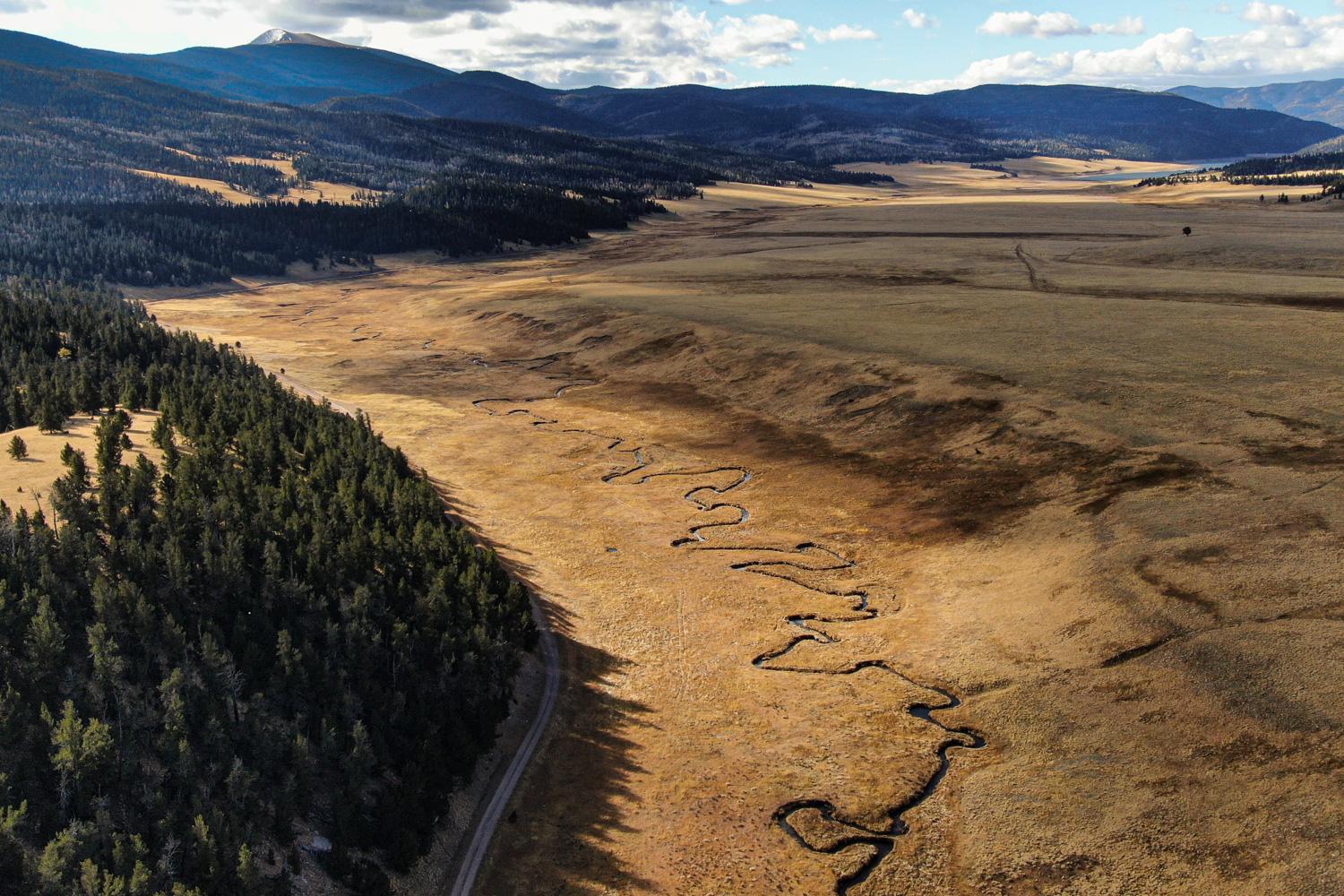
A new documentary film, “Preserved,” explores the history of nearly 560,000 acres in Northern New Mexico and Southern Colorado and the efforts to restore and conserve its ecosystems.
Media mogul Ted Turner purchased the Vermejo Reserve in 1996. It spans miles of wilderness, ranchland and former coal mines west of Raton, New Mexico, and extends over the state line into Colorado.
“What's really unique is how many ecosystems it crosses,” the reserve’s natural resources manager, Lance Bernal, said in the film. “It starts down in the short grass prairie at about 6,000 feet in elevation and goes all the way up to alpine, above timber line, close to 13,000 feet.”
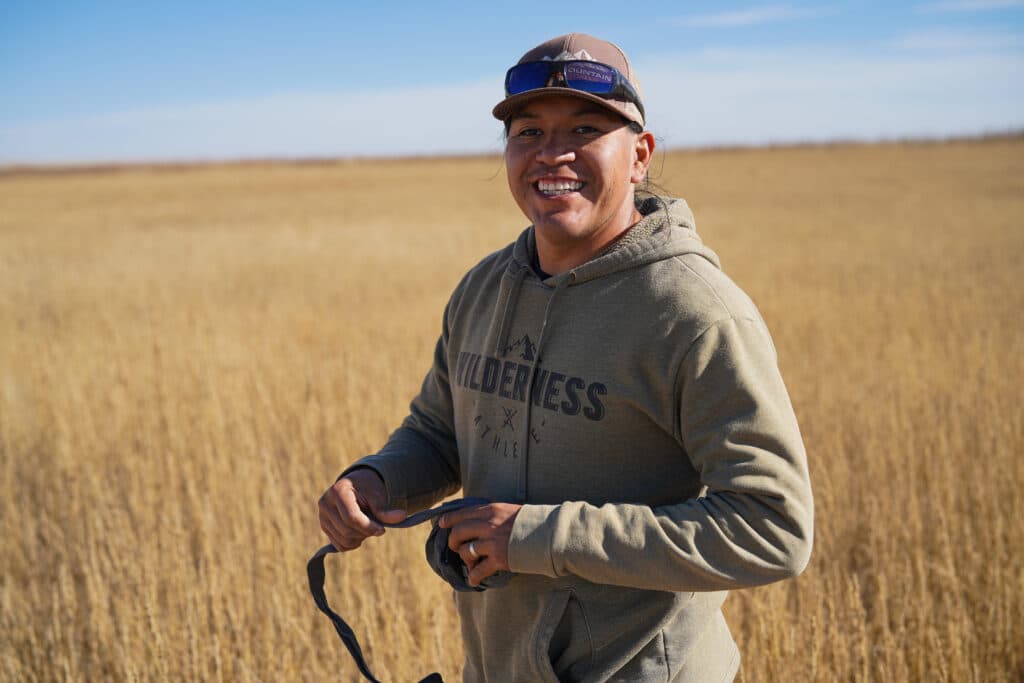
The documentary, which is laudatory of Turner’s environmental efforts, weaves a narrative that includes the stories of Indigenous people and archeological finds, the massive coal mining industry that began in the late 1800s, and current-day ranchers. It includes extensive footage of nature and wildlife, including bears stealing prey from mountain lions, bull elk rolling in water, and tiny creatures living in small seasonal puddles.
Geologist Roy Pillmore of Raton. spent time at Vermejo as a child with his family and still works there. He said in the film that the land is healing from the long legacy of coal mining that ended more than two decades ago.
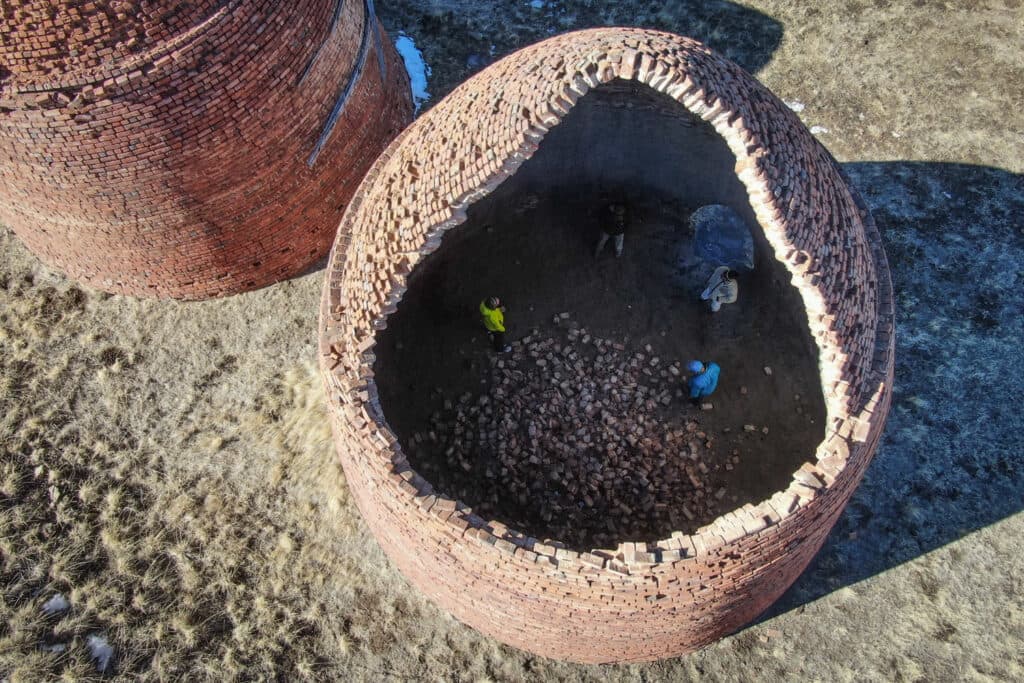
“To this day, many of the employees that work here at Vermejo Park - they drive right through a reclaimed surface mine,” he said. “They have no idea that they're driving through a reclaimed surface mine.”
The film features Pillmore reminiscing about life in the region during the last part of the mining era, when he was a child and his father worked for the U.S. Geological Survey conducting an economic coal analysis and mapping.
“No electricity. Running water was off the roof. The outhouse was a hundred yards away – too close in the summer and too far in the winter,” he said. “My mom, she was a true hero by learning how to drive in mud and deal with bears breaking in the house.”
Pillmore went on to work at the mine during the late 80s through the 90s. He and Bernal are among the staff and scientists documented in the film, who are studying and stewarding the land, rivers, flora and fauna and observing as the ecosystem adapts to environmental and human caused change.
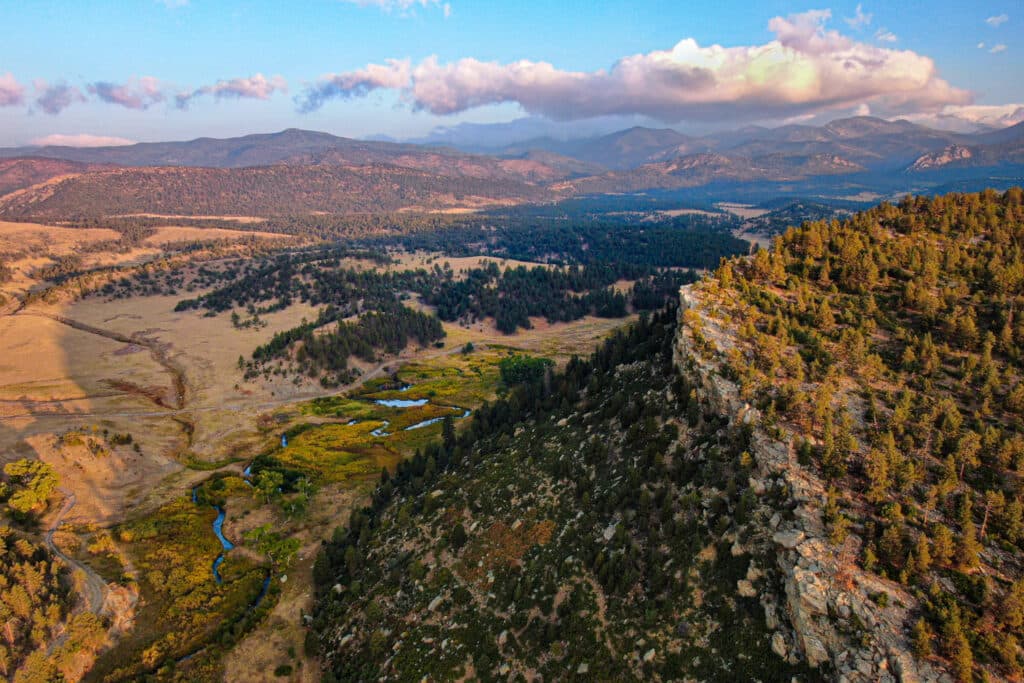
Vermejo is operated as a private luxury vacation destination, among several others in Turner’s New Mexico portfolio. It is not open to the public, just guests at the resort.
Upcoming screenings of “Preserved” include two November showings in theaters in Boulder and Fort Collins.
- Preservation and revitalization work in Raton’s historic downtown gains national recognition
- High-tech filmmaking could be part of northern New Mexico’s future
- A new Interstate highway between Texas and northern New Mexico could connect to I-25 in Raton
- These Southern Colorado and Northern New Mexico national park sites brought millions of dollars to the region last year
